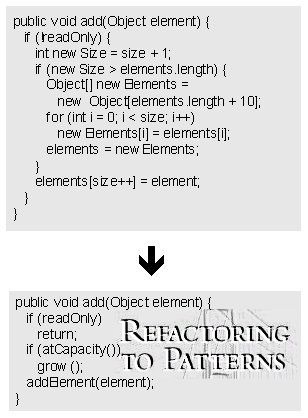I'm a firm believer in the need for close customer collaboration in projects, a high degree of communication and continual status updates to best manage basically anything. I think I would define it as one of the major "make or break" characteristics of a project.
I remember being asked during an interview with my current employer what I believed was the biggest reasons projects fail. Communication was the big thing that came to mind. Projects fail for a myriad of reasons, but not the least because of a lack of communication between a number of involved parties. I thought I'd try to get in to a few of those aspects here.
Working on communication at all times is important. The various roles in a project or organization has different responsibilities here.

Upper management and project champion
First of all, any project, and especially those related to organizational changes, needs upper management support. If the project needs to communicate, integrate or in other ways depend on other parts of the organization, it is hard to do it without the support from the top. The unofficial networks built by social interaction within an organization are one way it can work. But management support is extremely important, so you better find out how to get it - even if it is not your direct responsibility, pull some strings to find out if something can be done about it.
Another role of extreme importance is the project champion. A project champion is a person highly dedicated to see the project through from inception to success. Not completely about the topic, but this is a person that will help make sure that the needs of the project are taken care of throughout the organization. Communication is tool number one here.
Project manager -> developers
The project manager and the development group also need to communicate. I use project manager here to mean several possible positions, both project manager in the traditional meaning, and for instance product owners in Scrum tongue, or even in part Scrum masters. The two sides has different needs for communication. The project manager has the primary responsibility of delivering the project on time, within budget and according to specification. There's many ways of handling this.
Organizational requirements and processes is the primary one, but trust has no less importance.
Organizational requirements and processes is something you have to live with in some form. If you are able to build trust in what you deliver outside of the project scope as well, you'll most likely have more control of what you need to deliver. The major reason behind many of the demands and project artifacts found today is a lack of trust. The lack of trust is compensated for by putting in a myriad of artifacts, processes and control points. Even though that is often a false sense of security, I generally completely agree with the approach - if you don't have trust, the next best thing is to monitor the progress.
So how do you build trust? First and foremost you need to deliver (Hopefully on time, within budget, and according to specification :) ). Communication is tool number two. When problems arise they need to be communicated up the ladder as needed. If you have trust that problems once discovered will be taken through the right channels, you have a good basis for being able to solve any problem once they arise. To build trust, you need to communicate continuously. People are different, but little and often is often better than much and seldom. Manager Tools (brilliant podcast-series) has a podcast describing how humans relate to trust and relationships here.
Project -> Business expert and users
An essential step in delivering a product that fulfills needs is close collaboration with the business experts and users. It cannot be a single iteration waterfall-thing, it needs to be a continuous collaborative effort. You do something, then you verify what is done. You wonder about something, you contact the business expert or user. And how much easier is it to get both attention and clear answers if you have someone within the same room than over phone or email?
Developer -> Developer
Developers are certainly not excluded from the communication effort. Developers need to continuously communicate within the group to ensure everyone has a clear understanding of the problem at hand, to build project ownership, to share project knowledge, and to notify and get help for problems. And if you are a developer, what better way is there to increase your skill-set than to communicate with other developers? And try to be aware of groupthink, that is certainly not good to have to much of.
In conclusion
Writing about something like this is impossible to do well without references and ahead planning, so I'll easily admit that the above text is heavily flawed. However, the concept is very important, and that's why I wanted to share a few disconnected thoughts on it.
If you find the topic interesting it's not hard to find sources talking about it. It is slightly harder to find interesting sources.
The podcast mentioned above has interesting topics, but it is mostly related to managerial behaviours. You can access it here
If teams and communication is interesting, you'll find Peopleware's Productive Projects and Teams great.
If other aspects of communication seems interesting, I'll be happy to recommend books on the subject.


 e
e